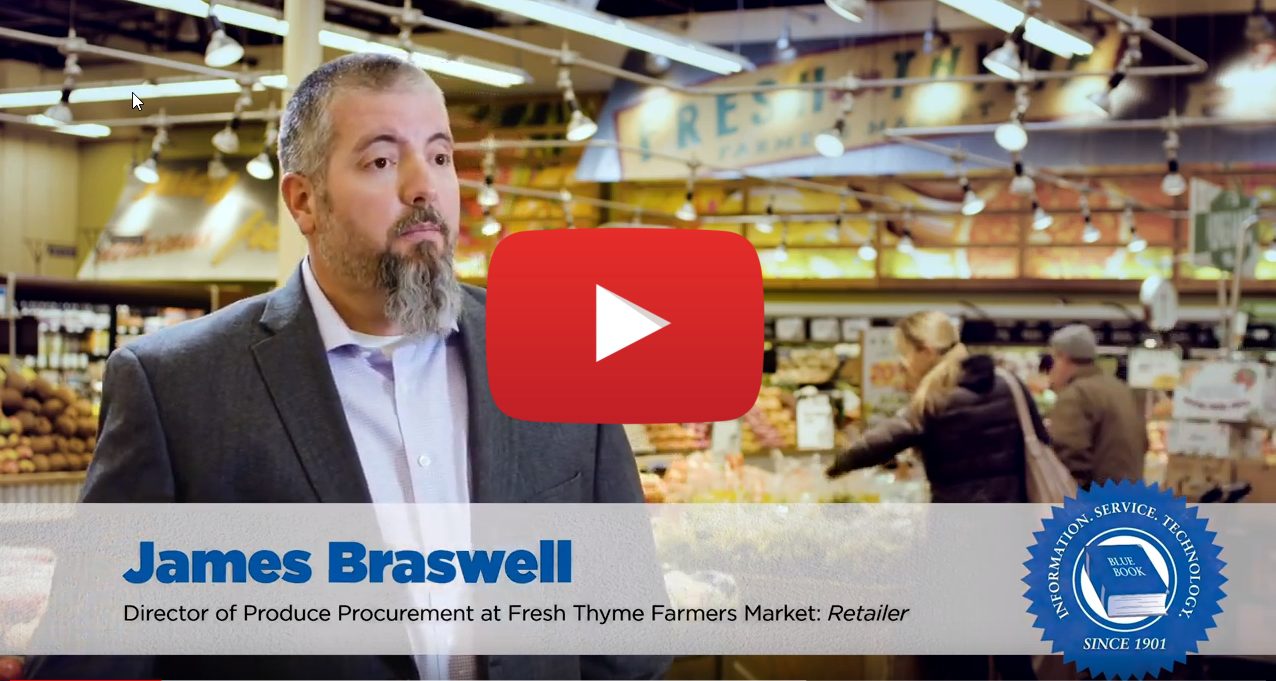Recent health scares and foodborne illness outbreaks have put the need for end-to-end traceability at the forefront once again.
Many industry observers believe blockchain will be very helpful in this respect.
“For fresh produce, blockchain represents a great tool for reducing time in identifying sources and increasing responsiveness of case-level traceability,” says Bil Goldfield, director of corporate communications for Dole Food Company.
Further, it can improve “the efficiency with which we can conduct traceback and the precision to trace to store level instead of just distribution center (as it is today),” he says.
Such traceback would prevent massive recalls, which typically affect all brands of a product. “Blockchain won’t prevent contamination,” says Jennifer McEntire, vice president of food safety and technology at United Fresh Produce Association in Washington, DC. “It’s more in the react-and-response mode. It’s used to document what you’re doing so you can trace back.”
Walmart and IBM launched a pilot in 2017 with some of the retailer’s vendors, including produce companies such as Dole and Driscoll’s, focusing primarily on traceability.
The program has since expanded to include vendors Kroger and Wegmans, as well as Texas-based wholesale services provider McLane Company, Inc.
One of the findings was a drastic reduction in the time it takes to trace a product back to its source. Using conventional means, it took 6 days, 18 hours, and 26 minutes to trace a package of sliced mangoes from a Walmart store to its source in Mexico, according to the company, compared to 2.2 seconds using blockchain software.
—–
This is an excerpt from the most recent Produce Blueprints quarterly journal. Click here to read the full article.
Recent health scares and foodborne illness outbreaks have put the need for end-to-end traceability at the forefront once again.
Many industry observers believe blockchain will be very helpful in this respect.
“For fresh produce, blockchain represents a great tool for reducing time in identifying sources and increasing responsiveness of case-level traceability,” says Bil Goldfield, director of corporate communications for Dole Food Company.
Further, it can improve “the efficiency with which we can conduct traceback and the precision to trace to store level instead of just distribution center (as it is today),” he says.
Such traceback would prevent massive recalls, which typically affect all brands of a product. “Blockchain won’t prevent contamination,” says Jennifer McEntire, vice president of food safety and technology at United Fresh Produce Association in Washington, DC. “It’s more in the react-and-response mode. It’s used to document what you’re doing so you can trace back.”
Walmart and IBM launched a pilot in 2017 with some of the retailer’s vendors, including produce companies such as Dole and Driscoll’s, focusing primarily on traceability.
The program has since expanded to include vendors Kroger and Wegmans, as well as Texas-based wholesale services provider McLane Company, Inc.
One of the findings was a drastic reduction in the time it takes to trace a product back to its source. Using conventional means, it took 6 days, 18 hours, and 26 minutes to trace a package of sliced mangoes from a Walmart store to its source in Mexico, according to the company, compared to 2.2 seconds using blockchain software.
—–
This is an excerpt from the most recent Produce Blueprints quarterly journal. Click here to read the full article.
Karen Raugust is a freelance writer who covers business topics ranging from retailing to the food industry.


